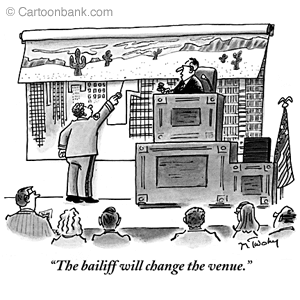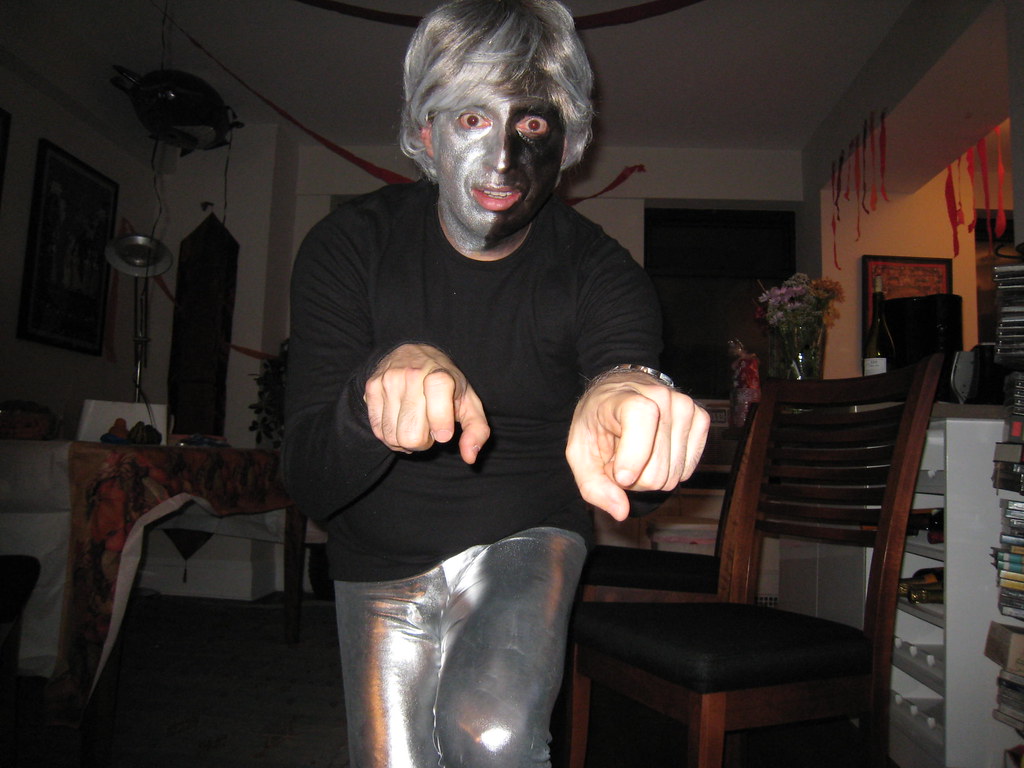Thursday, June 23, 2005
Days of Winter and Pisco


It's a mild Chilean winter - what I notice most is the diffuse, subtle winter sunlight.
These vintage photos shows Chilean sugar company workers in the 1960s, and sugar beets being unloaded at a sugar plant.
I got through five hours of meetings but I feel wobbly - nine hours of intermittent airplane sleep didn't leave me very rested, so that's my top priority tonight, before I begin my 18 hour odyssey to London.  I'll probably treat myself to a Pisco Sour (pictured left), Chile's very sugar, very strong national drink. Pisco is a brandy or aguardiente distilled from the white muscat grapes grown in two main regions of South America: the area around Pisco, described in A miracle of man and the desert. Chile's Elqui Valley is called the "zona pisquera," due to the favorable geographic and climatic conditions, and is the only pisco producing area in Chile.
I'll probably treat myself to a Pisco Sour (pictured left), Chile's very sugar, very strong national drink. Pisco is a brandy or aguardiente distilled from the white muscat grapes grown in two main regions of South America: the area around Pisco, described in A miracle of man and the desert. Chile's Elqui Valley is called the "zona pisquera," due to the favorable geographic and climatic conditions, and is the only pisco producing area in Chile.
The word Pisco comes from Quechua and there is some discrepancy about the meaning. Some say it means bird, while others say it means the fired clay pots in which the Quechua stored their chicha (a local spirit). According to one source, "many producers have modern mechanical presses but in some smaller outfits the grapes are still trodden." Pisco, and the drinks made with it, have been popular for centuries. Both Chile and Peru have adopted it as a national drink, imbueing it with national characteristics and claiming their rights to produce it. Pisco has some US history: it was a favorite with nineteenth century Californians who enjoyed the drink imported to San Francisco from both South American countries.
Hey there! Arrived in Chile safe, sound, and surprisingly well-rested. Their winter, a mere 50F, doesn't feel particularly cold. Off to meetings, more later...
this entry's permalink

